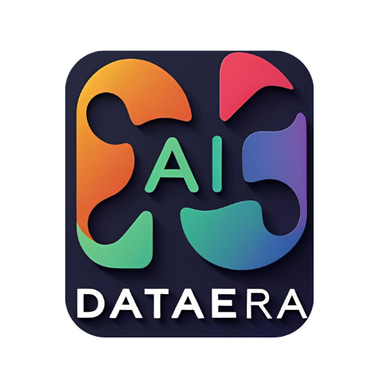Understanding Agent AI: How Autonomous Software Agents Work, Use Cases, and Essential Resources
Agent AI refers to autonomous software agents that perform tasks, make decisions, and interact with environments or users independently. They perceive inputs, understand context through NLP and data analysis, decide on appropriate actions using rules or machine learning, and continuously improve based on feedback. Common use cases include customer support, automation, and data management. Building effective Agent AI requires skills in data science, NLP, software development, and domain expertise, along with resources like large datasets, AI frameworks, cloud infrastructure, and skilled teams.
LoneRider
5/11/20252 min read


What is Agent AI?
Agent AI refers to autonomous or semi-autonomous software agents designed to perform tasks, make decisions, or interact with users and environments on behalf of humans or other systems. These agents can operate independently, adapt to their environment, and improve over time.
Key characteristics:
- Autonomy: Operate without human intervention after deployment.
- Proactivity: Initiate actions based on goals or environment cues.
- Reactivity: Respond to environmental changes.
- Learning: Improve performance over time through data.
How Does Agent AI Work?
The general workflow of an Agent AI involves several interconnected components:
1. Perception/Input:
The agent gathers data from sensors, APIs, user inputs, or environment signals.
2. Processing & Understanding:
The agent processes the input, often using Natural Language Processing (NLP), computer vision, or data analysis, to understand the context.
3. Decision-Making:
Based on its understanding, the agent uses rules, machine learning models, or reasoning algorithms to decide on the next action.
4. Action:
The agent executes actions, such as responding to a user, updating data, or controlling external systems.
5. Learning & Feedback:
The agent learns from outcomes, feedback, or new data to improve future performance (via reinforcement learning, continual training, etc.).
Example Use Case: Customer Support Agent AI
Let's detail how an Agent AI for customer support might work step-by-step:
Step-by-Step Approach for a Customer Support Agent AI
Step 1: Input Collection
- The customer submits a query via chat, email, or voice.
- The agent captures the message, logs metadata (time, customer ID).
Step 2: Perception & Understanding
- Use NLP to analyze the message, identify intent, and extract entities (e.g., product ID, issue type).
- Example: "My order #12345 hasn't arrived" → intent: track order issue, entity: order number 12345.
Step 3: Decision-Making
- Match intent with predefined workflows or knowledge bases.
- Decide whether to answer directly, escalate, or perform an action (like fetching order status).
Step 4: Action Execution
- Retrieve relevant data from databases or APIs (e.g., order tracking API).
- Generate a response message to the customer, possibly with dynamic data.
Step 5: Feedback & Learning
- Monitor customer reactions (e.g., satisfaction score, follow-up questions).
- Use this data to refine NLP models or decision rules, improving future responses.
Step 6: Continuous Improvement
- Over time, update the agent’s knowledge base and models through supervised learning or reinforcement learning based on feedback.
Why Skillsets Are Needed
To build and deploy an effective Agent AI, multiple skillsets are required:
- Data Science & Machine Learning:
For developing models that understand language, recognize patterns, and improve over time.
- Natural Language Processing (NLP):
To interpret user inputs, extract intent/entities, and generate natural responses.
- Software Development:
For integrating AI components with existing systems, APIs, and platforms.
- UX/UI Design:
To create intuitive interfaces for users interacting with the agent.
- DevOps & Cloud Infrastructure:
To deploy, monitor, and scale the agent securely and reliably.
- Domain Expertise:
Understanding the specific use case domain (e.g., customer support, finance) for better context-aware responses.
Resources Needed
- Data:
Large volumes of domain-specific data (customer interactions, FAQs).
- Tools & Frameworks:
- NLP libraries: spaCy, NLTK, Hugging Face Transformers.
- ML frameworks: TensorFlow, PyTorch.
- Chatbot platforms: Dialogflow, Rasa, Microsoft Bot Framework.
- Computing Infrastructure:
Cloud services (AWS, Azure, GCP) for training and deployment.
- Team:
Data scientists, ML engineers, software developers, UX designers, domain experts.
- Knowledge Bases & APIs:
Access to relevant databases, APIs, or external services for real-time data retrieval.
Summary
An Agent AI automates tasks by perceiving input, understanding context, making decisions, and acting accordingly. Building one involves multiple disciplines, tools, and resources, and should be tailored to the specific use case for optimal performance.
